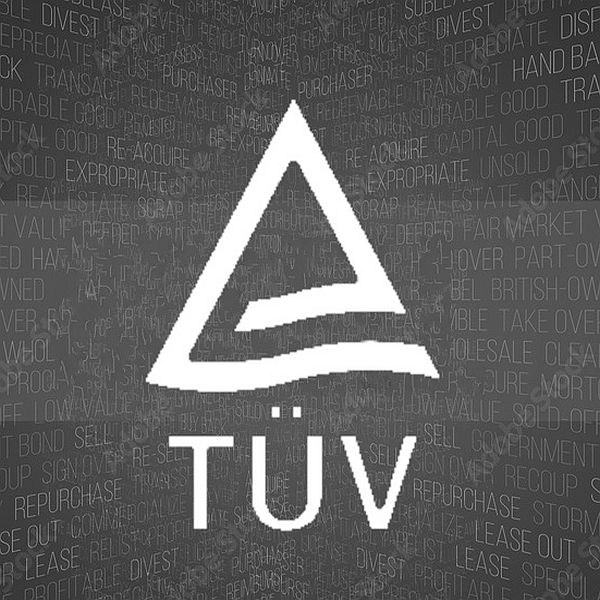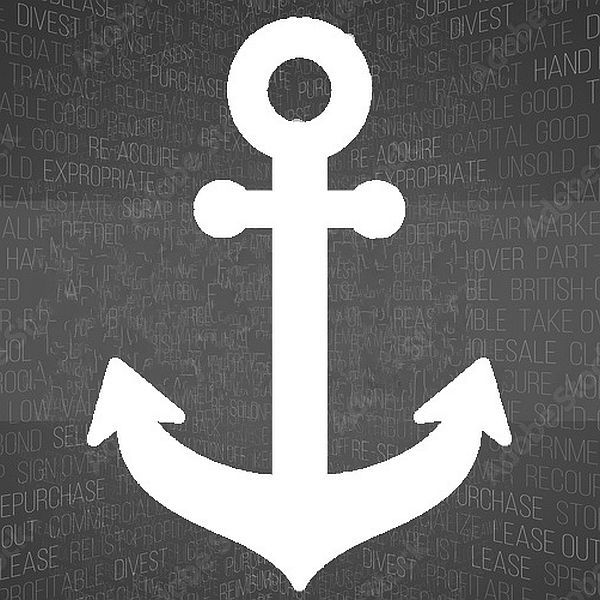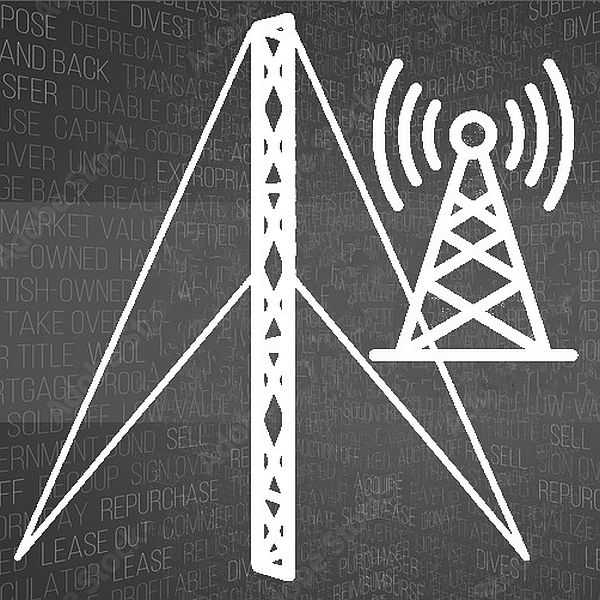Technology

My authorities demand TUV, GLS-SLV, ISO3834, ISO1090 and “CE” – can you do it?
Read more: My authorities demand TUV, GLS-SLV, ISO3834, ISO1090 and “CE” – can you do it?Yes, we can fulfill your authorities’ requirements for TUV, GLS-SLV, ISO3834, ISO1090, and “CE” certifications. You can find detailed information and copies of our documentation under the “Certification” tab on our website. We take pride in providing comprehensive proof of welding and production quality. Our partnership with Rolstal, Metcom and Stal-One ensures that we may…

Service of mast and tower, why should I bother?
Read more: Service of mast and tower, why should I bother?Servicing masts and towers is essential due to the high-risk nature of these constructions. Damage or failure could result in property loss or even endanger lives, making regular maintenance crucial. For aluminum masts, while they are resistant to corrosion, they are susceptible to frost cracking. Therefore, it’s advisable to have qualified personnel check for signs…

How do I place guy wire anchors the right way?
Read more: How do I place guy wire anchors the right way?Placing guy wire anchors correctly is crucial for ensuring the stability and safety of masts. Here are some guidelines to follow: Symmetrical Placement: Aim to install guy wire anchors symmetrically around the mast. For a three-cornered mast, this means spacing the anchors evenly at 120-degree intervals around the base of the mast. Distance from Mast:…

Is mast stiffness important for me? What should I expect?
Read more: Is mast stiffness important for me? What should I expect?Mast stiffness is indeed an important factor to consider, especially for certain applications such as radiolink communication and satellite dishes. Here’s what you should expect regarding mast stiffness: Importance of Stiffness: In most cases, a stiff mast is considered a good quality mast. Stiffness is crucial for applications like radiolink communication and satellite dishes, where…

What do I choose? Tower or mast?
Read more: What do I choose? Tower or mast?Choosing between a tower and a mast depends on various factors, including comfort of use, space requirements, economy, and environmental considerations: Space Requirements: Towers generally require more space for installation compared to masts of the same height. Consider whether you have sufficient land available for a larger mast or if a smaller footprint of tower…
Subscribe
Sign up with your email address to receive our weekly news
Latest news
- I sell network equipment, clients ask us for masts and towers sometimes. Can I resell your products?
- Eurocode in my country is different than in other regions, can you handle this?
- Okay your prices are fine, but how about transportation costs?
- My authorities demand TUV, GLS-SLV, ISO3834, ISO1090 and “CE” – can you do it?
- I’m from England, France, Germany – you name it, Altruss is located elsewhere – will it work?
